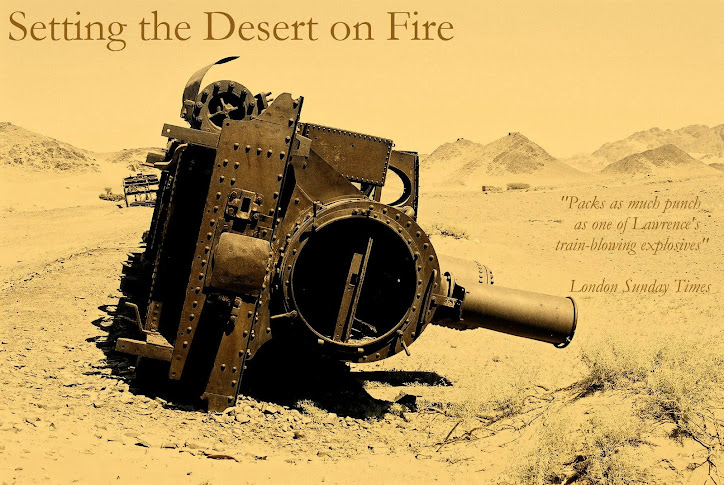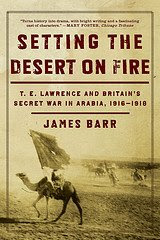The BBC is reporting that 100,000 people have attended a rally organised by Hizb ut-Tahrir in Indonesia. Western intelligence and border agencies look as if they have done their best to throw the conference programme into disarray, by preventing several of the speakers from travelling to Jakarta.
Hizb ut-Tahrir - banned in many countries although not in Britain (yet) - campaigns, in incendiary terms, for the restoration of the Islamic caliphate. The caliphs were the Prophet Muhammad's immediate successors; the caliphate originally was the Middle Eastern empire that they went on to conquer in the years after Muhammad's death. With the conquest of that empire by the Mongols in the thirteenth century the caliphate disappeared. The Ottoman sultans appropriated the title from 1416 as they approached the zenith of their power. From then until the collapse of the Ottoman Empire, the Sultan was also the caliph. As the political leader and spokesman of Sunni Muslims worldwide he enjoyed a certain respect from European empires with Muslim colonies, like Britain, for the influence he was believed to wield over their subjects. The Sultan overstepped the mark in 1914, when, egged on by the Germans, he issued a call for jihad against his British, French and Russian enemies. By the time the war had ended Britain in particular was anxious for the caliphate to be wound up. By then and since, the caliphate had become firmly associated with the threat of jihad.
In fact it was the Turkish nationalists who dealt the caliphate its coup de grace. Initially they separated it from the Ottoman sultanate before finally scrapping it in 1924. The last caliph, a dignified and well-educated man named Abdul Mejid, who was a brilliant linguist and a painter, was escorted from Istanbul with two of his wives to the Greek border, from where, with only a small amount of money and "a number of jewels" he crossed Europe by the Orient Express. Photographs taken a few days later show him, dressed in a suit and fez, disconsolately taking the air in a resort on the edge of Lake Geneva. As far as the European powers were concerned, his role was, by the time of his deposition, reassuringly symbolic. As the London Times observed, by then he "had no power, even in spiritual matters; he could not issue decrees, and he was not permitted to exercise any form of patronage." He died in Paris, just as the city was being liberated in 1944.
In centuries past the caliphs took on the mantle of the Prophet. The Times, in its leader on the day after the caliph had been dismissed, wondered what had happened to that green garment. It reappeared in Kandahar in 1996, when the Taliban leader Mullah Omar appeared wearing it in public on a rooftop in the city. By doing so he was making the most open claim possible to be the caliph. A caliphate requires a caliph, and one of the reasons for the suspicion that rightly hangs around Hizb ut-Tahrir is the question of who that caliph would be.
Sunday, August 12, 2007
Bringing back the Caliphate
Labels:
Abdul Mejid II,
Caliphate.,
Hizb ut-Tahrir,
Kandahar,
Mullah Omar
Subscribe to:
Post Comments (Atom)



No comments:
Post a Comment